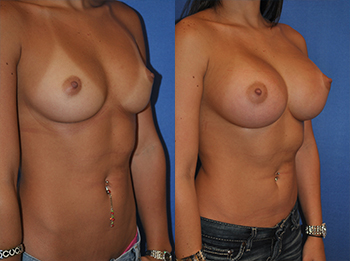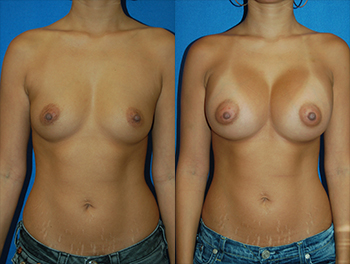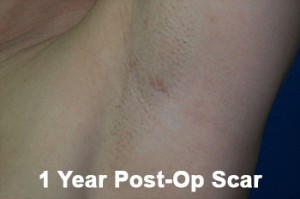
“One of the biggest advantages to this type of breast augmentation is there’s no scar on the breast.” —Robert Burk, MD
Board certified plastic surgeon Dr. Robert Burk from Jacksonville, Florida is talking about transaxillary breast augmentation. The transaxillary approach, also known as the underarm approach is where surgeons make the breast implant incision under the arm and use a telescope and television camera to go underneath the arm to make a pocket for the breast implant. To some patients that’s very important says Dr. Burk, “we try to make the breast look better and if we can do that without a scar, I think that’s an advantage.”

The Keller Funnel
“With the use of the Keller Funnel it allows us to keep the tunnel fairly small and narrow, similar to what we use with the saline implant,” explains Burk. The Keller Funnel is a disposable, cone shaped, FDA approved device. The funnel allows the implant to slide through the cone and directly into the women’s breast pocket. “The Keller Funnel has allowed us to use the transaxillary approach or underarm approach with silicone gel implants more easily. Before the use of the Keller Funnel one of the biggest limitations was the size of the implant. Traditionally we had to stay with relatively small implants when using silicone through the underarm approach. Using the funnel we can use much larger implants if that’s what the patient wants,” says Burk.
Advantages of Transaxillary Breast Augmentation
One of the biggest advantages with the transaxillary approach is the scar itself. Burk says, “The scar in the underarm area heals very nicely. We hide the scar in one of the wrinkles at the top of the underarm so it’s almost virtually invisible once it heals.”
Transaxillary Patient Recovery















Facebook
Twitter
Instagram
YouTube
RSS